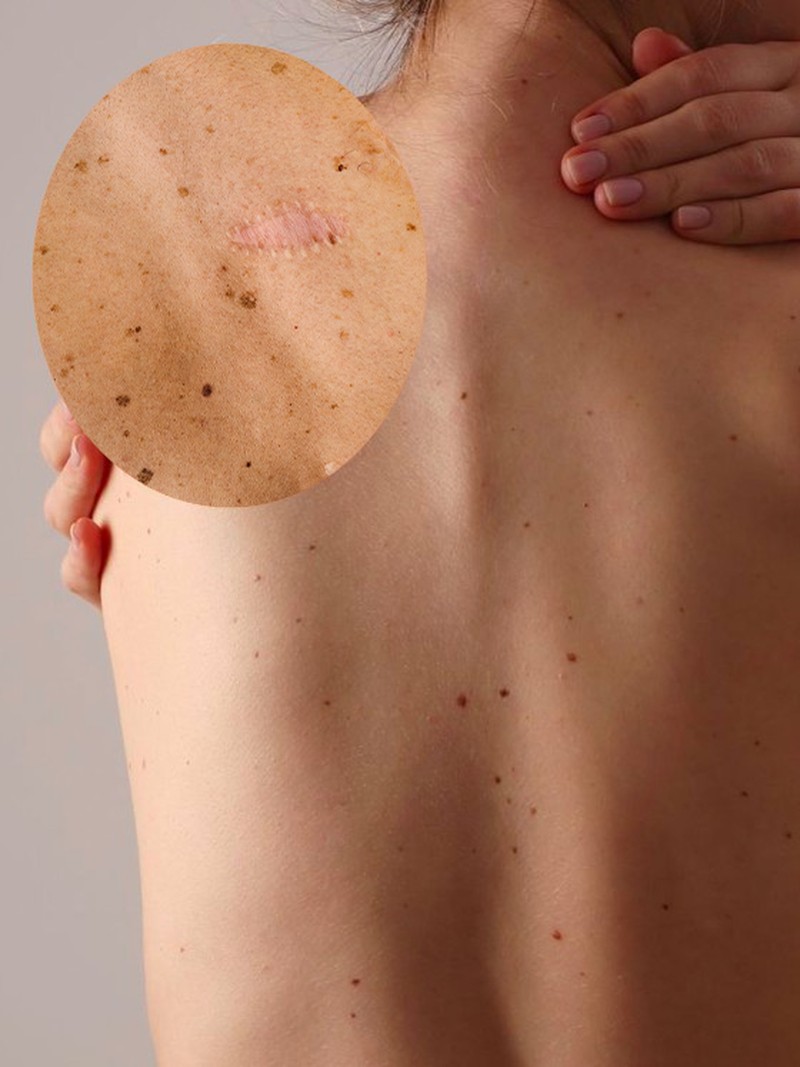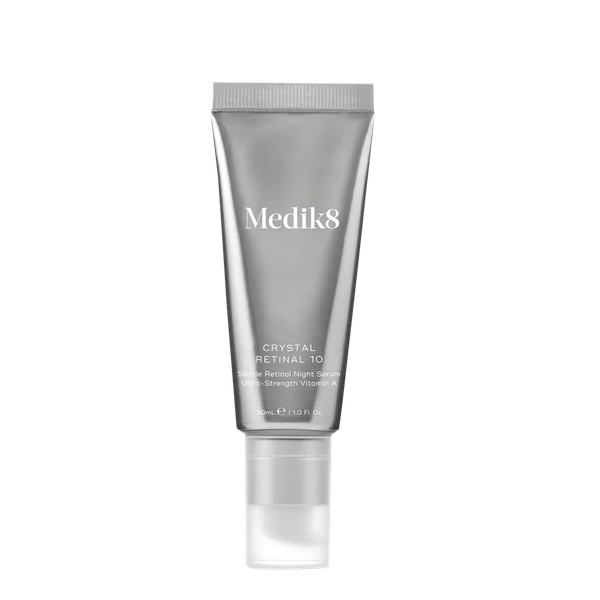An Expert Guide To Treating Sun Damage
First, Can You Define Sun Damage?
“Sun damage refers to the harm done to skin by prolonged exposure to ultraviolet radiation. That’s from both the sunshine itself, but also artificial sources, such as tanning beds. The UV rays penetrate deeply over time – not just there and then – and they can lead to various adverse effects that may not even show until later in life. A lot of us forget that sun damage builds up over time. So, while you may not see any issues immediately, you’re likely to years later.” – Dr Sabina Habo, CREO Clinic
How Can You Differentiate Between Sun Damage & Other Skin Issues?
“Sun damage will look red and angry. It will also cause pain and skin peeling in that specific area. Over time, the skin that’s been damaged can be prone to wrinkles, fine lines and skin laxity as UV breaks down our own collagen supply. Sun damage can also be accompanied by the appearance of freckles, dark spots and a bumpy, uneven tone. If you’ve got all of this and dry, tight-feeling skin, it’s very likely you have sun damage. That said, sun damage can happen on your scalp, ears and feet too, so never neglect these areas.” – Sabina
To Put It In Perspective, How Dangerous Is Sun Damage?
“Sun damage increases the risk of skin cancer – fact. This is especially true if it includes severe burns or prolonged UV exposure. One blistering sunburn in childhood or adolescence can double the risk of melanoma, which goes to show it’s cumulative. None of us are saints and it happens to the best of us, but knowledge is power and it’s essential to bear these facts in mind for the future. Repeated sun damage is when it becomes really dangerous as essentially it’s changing your skin’s DNA. Too much sunburn will also lead to permanent redness and worsen conditions including rosacea and melasma. To minimise this risk, it's crucial to wear sunscreen daily, perform regular skin checks for unusual moles or changes, and seek prompt medical attention if you notice any suspicious skin changes. I also recommend avoiding the sun at all costs in peak hours – it makes a big difference.” – Dr Hassan Galadari, dermatologist at Galadari Derma Clinic
Can Any Natural Remedies Or Home Treatments Help Sun-Damaged Skin?
“The good news is certain remedies will help to take down redness and minimise uneven tone, but the bad news is they won’t offer complete reversal. Options I’d recommend include using medical-grade skincare ingredients such as vitamin C and retinol. Both will help strengthen skin while simultaneously lightening dark spots and uneven tone caused by sun damage. It’s important you use hyaluronic acid too – adequate hydration is essential for all skin types, but especially those with sun damage as it will help skin rejuvenate and stay supple. Similarly, a diet rich in antioxidants is proven to support skin repair – think fruits, vegetables and omega-3 fatty acids which you’ll find in fish and flaxseed oil.” – Hassan
So, Can Anything Really ‘Reverse’ Signs Of Sun Damage?
“While some treatments can significantly improve the appearance of sun-damaged skin, it’s challenging to reverse it completely and it’s important to be honest about that. That’s especially true for severe damage which has caused deep wrinkles and extensive pigmentation. The focus will always be on managing and minimising what is visible and preventing any further damage.” – Dr Grace Hula, aesthetic doctor & founder of G&M
Which Treatments Do You Recommend?
“Professional treatments like laser therapy and chemical peels can be hugely beneficial. Lumecca IPL is often the treatment of choice as it does such an excellent job at targeting pigmentation and fine lines. It’s also proven to stimulate collagen production, so it tackles all the issues sun damage causes. It works by using intense pulsed light photo-thermolysis through the delivery of specific wavelengths of light which interact with red and brown pigments in the skin. These pigments absorb the light energy and are then destroyed – often in one session. As for peels, these work more superficially, removing the top layers of skin for a smoother, more even-looking tone. It’s likely you’ll need several sessions to see long-term results and benefits, though.” – Grace
Does Treatment Vary For Different Skin Tones?
“Sun damage and its treatment can differ based on your skin type and colour. Those with fair skin are more susceptible to sunburn and may develop redness and freckles, while those with darker skin may experience post-inflammatory hyperpigmentation or melasma. Because of this, treatments should be tailored to individuals, so before you undergo any procedures, always consult a dermatologist first. Similarly, when it comes to treating sun damage, there can be some side effects worth noting – from scarring to changes in skin tone, so always ensure you’re making an informed decision.” – Grace
Finally, Is There Anything Else We Should Know?
“My biggest advice is to book regular skin screening appointments – especially if you have a history of sun exposure and sunburn. Skin cancer, including melanoma, is highly treatable when detected early and aesthetics aside, that’s what is vital. Routine visits will also allow for professional assessment of sun damage and will make way for tailored recommendations and preventative treatments. Another thing to remember is that patience is key. Treatments for sun damage work gradually, so you have to wait to see results. It’s also important to know that managing sun damage isn’t simple – the whole process should involve a combination of treatments, prevention strategies and regular dermatologist visits if you’re committed to having healthier skin.” – Hassan
Our Top Locations For Skin Advice, Treatments & Checks:
SKNClinics.co.uk
CadoganClinic.com
TheHarleyStreetDermatologyClinic.co.uk
DrDavidJack.com
DrJustineKluk.com
CreoClinic.com
SHOP THE EXPERTS’ FAVOURITE TOPICAL REMEDY TREATMENTS

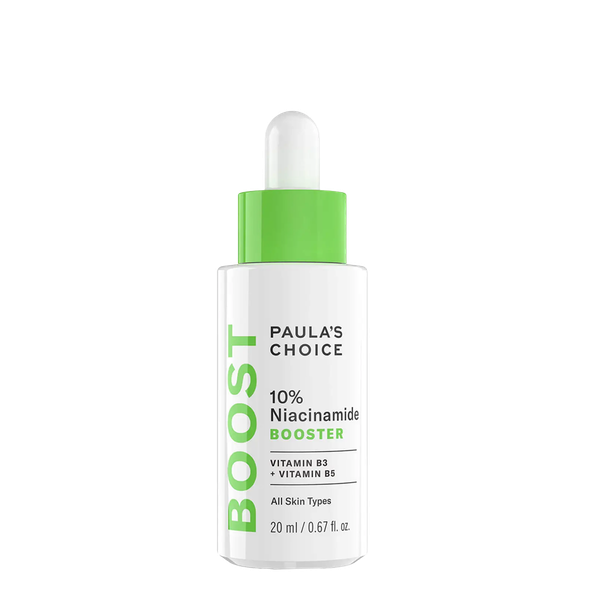
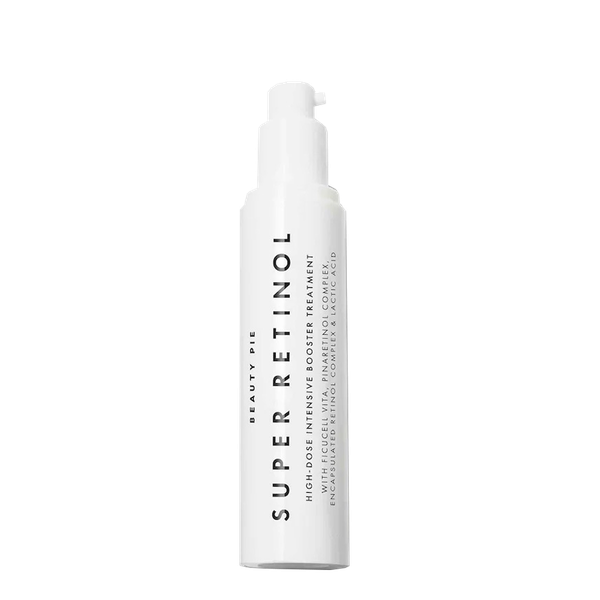
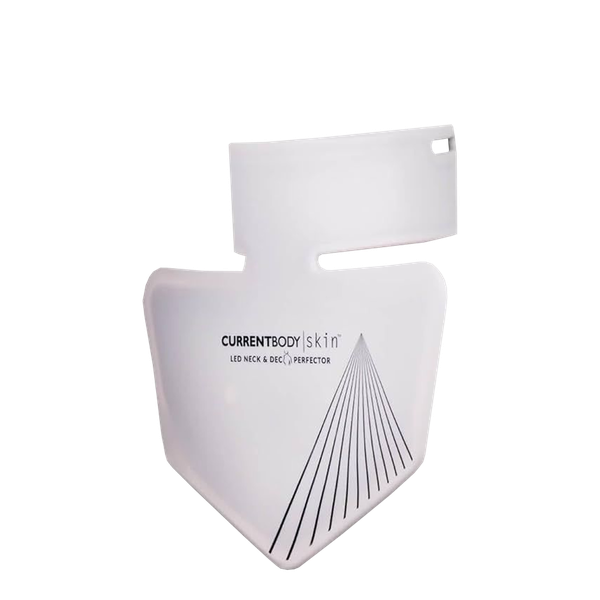
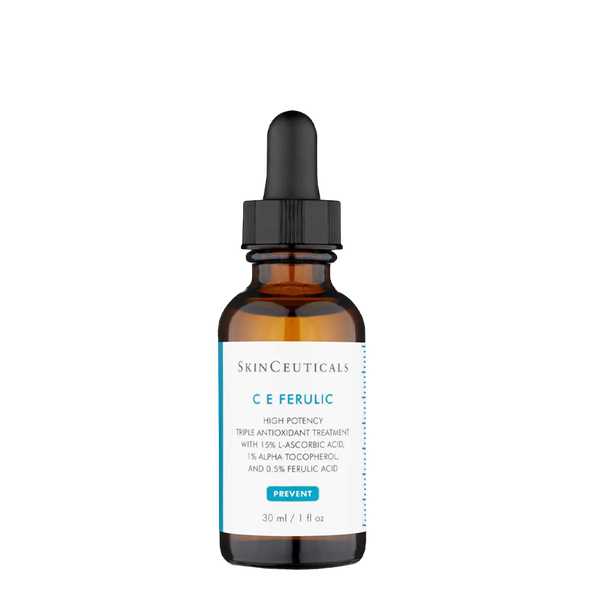
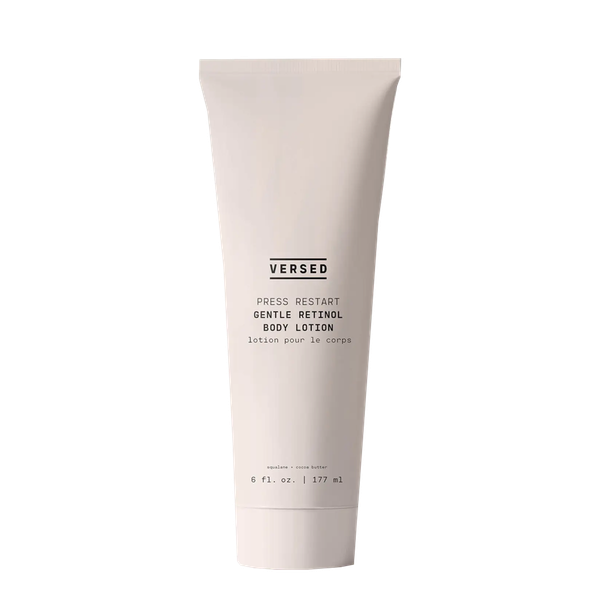
DISCLAIMER: We endeavour to always credit the correct original source of every image we use. If you think a credit may be incorrect, please contact us at info@sheerluxe.com.
